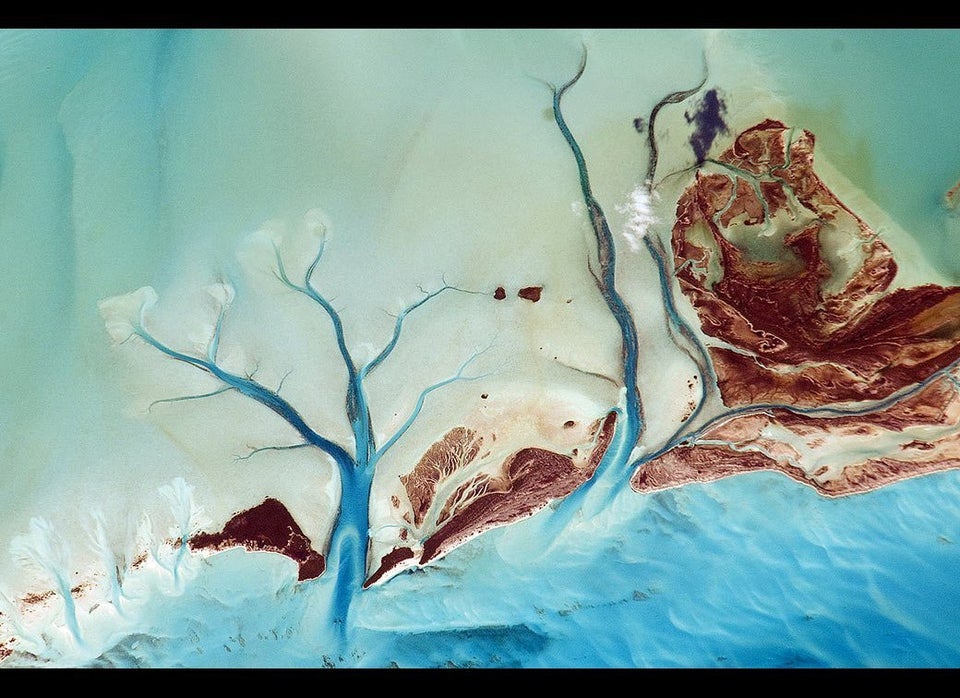In southern California, giant boulders have naturally stacked on top of each other in gravity-defying arrangements. Despite the many earthquakes that shake the nearby San Andreas fault, these rocks haven't yet toppled over. Why?
A new, decade-long study suggests that the earthquakes in the region can stop or "jump" due to interactions between the San Andreas and nearby San Jacinto fault, allowing for the strong shaking to move around the rocks and not hit them head on, BBC News reported.
The ways in which these fault lines interact may help seismologists better understand not only big tremors but also how to better prepare for them.
"It was a real scientific puzzle, a real head-scratcher," Dr. Lisa Grant Ludwig, professor of public health at the University of California, Irvine, and lead author of the study, said in a written statement. "How can you have these rocks right next to the San Andreas Fault? It’s an interesting scientific question, but it also has practical implications, because we want our seismic hazard maps to be as good as possible."
For the study, the researchers analyzed 36 of the rocks, called precariously balanced rocks (or PBRs), located only about four to six miles from the San Andreas and San Jacinto faults. The rocks date back at least 10,000 years and were left balancing on top of each other after meteorological and geological forces washed away the material around them, according to Live Science.
The researchers compared the fragility of the rocks' positioning with the ground-shaking that magnitude-7.8, magnitude-7.4, and magnitude-7.9 quakes would cause. What did the researchers find?
It turns out that the rocks should have fallen over a long time ago since quakes of that magnitude had hit the area before, such as in 1812 and 1857, Science magazine reported.
The researchers concluded that only interaction between the San Jacinto and San Andreas faults could have produced the earthquakes' "jumping" to preserve the balanced rocks.
"These faults influence each other, and it looks like sometimes they have probably ruptured together in the past," Grant Ludwig said in the statement. "We can’t say so for sure, but that’s what our data point toward, and it’s an important possibility that we should think about in doing our earthquake planning."
The study was published online in the journal Seismological Research Letters on August 5, 2015.

